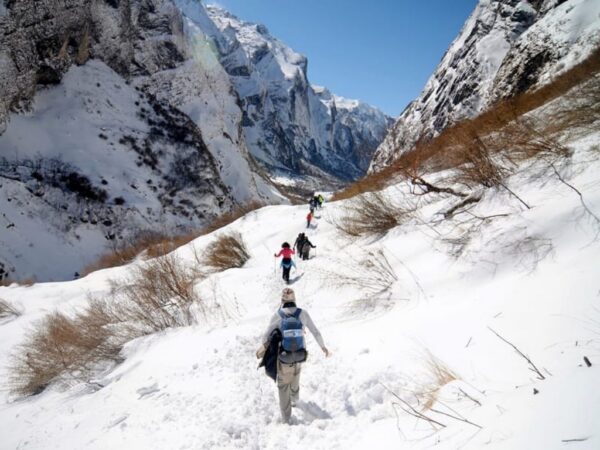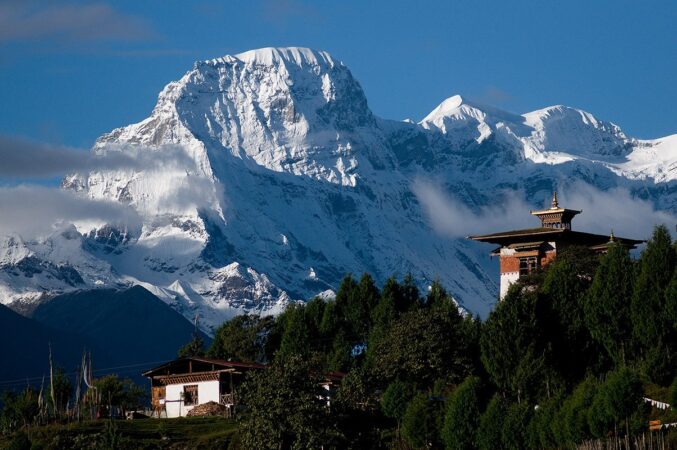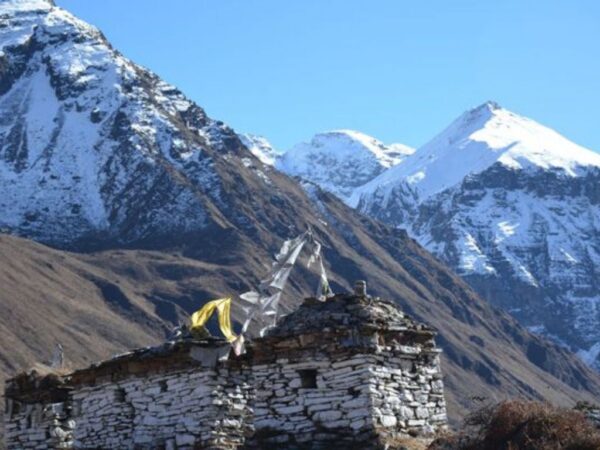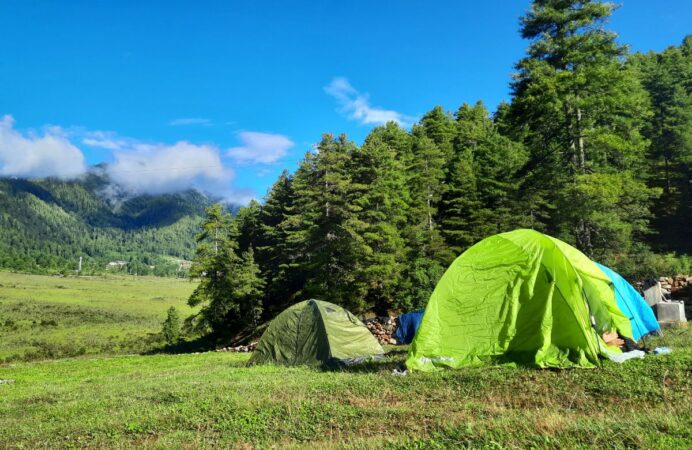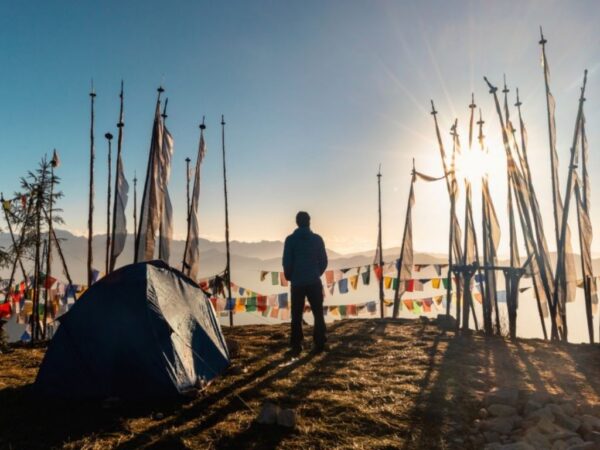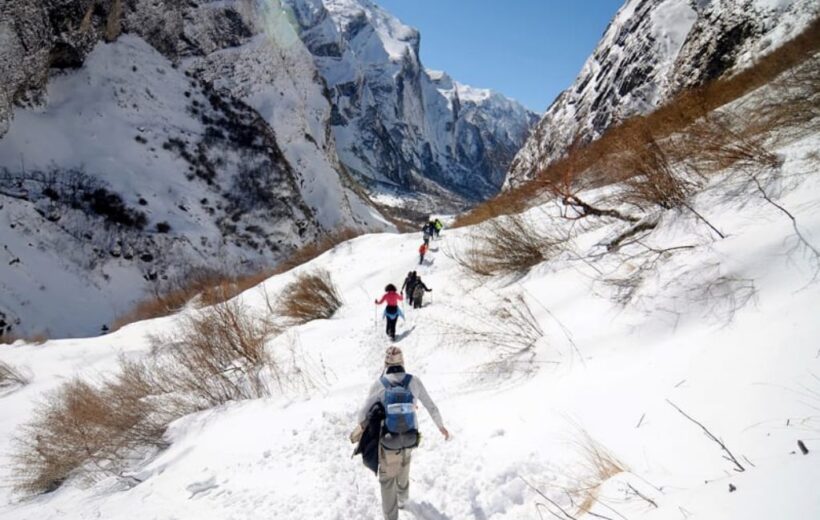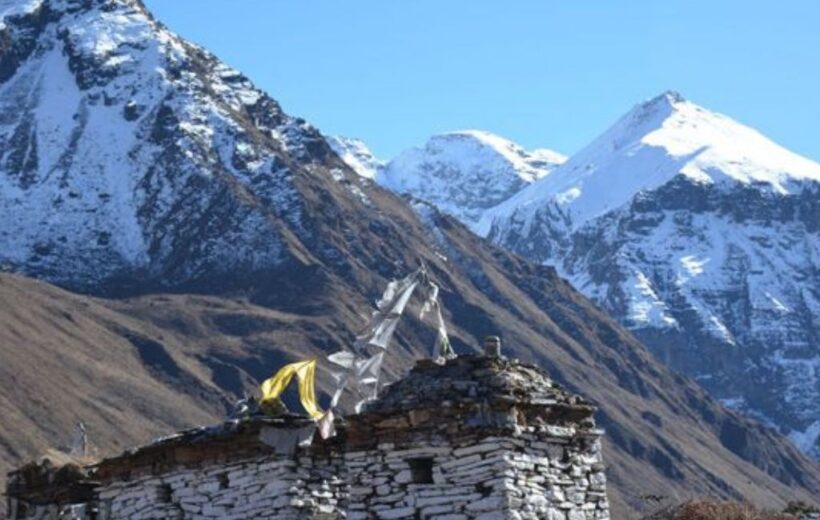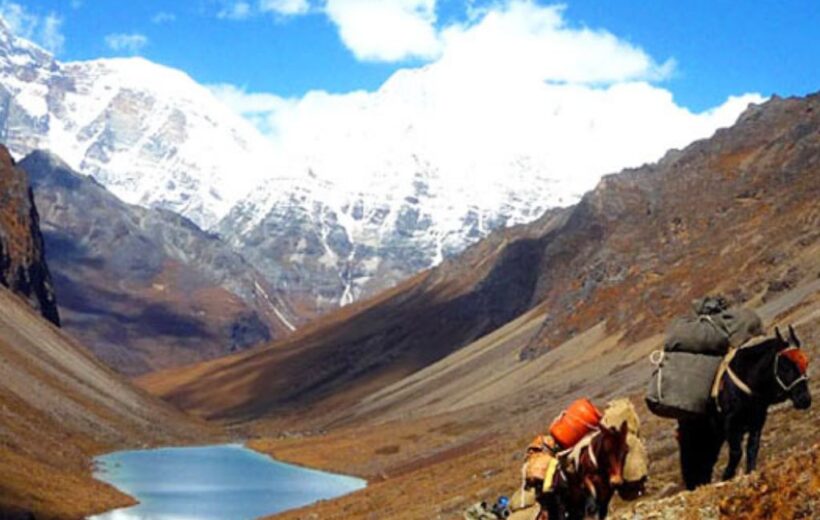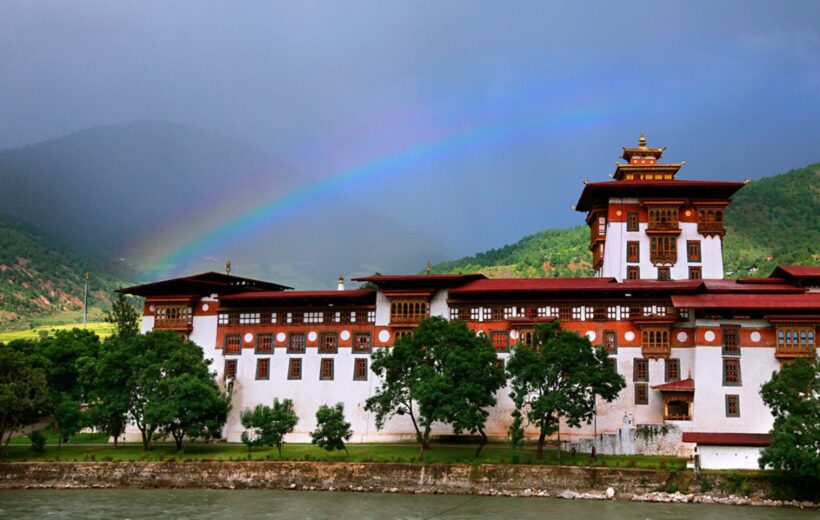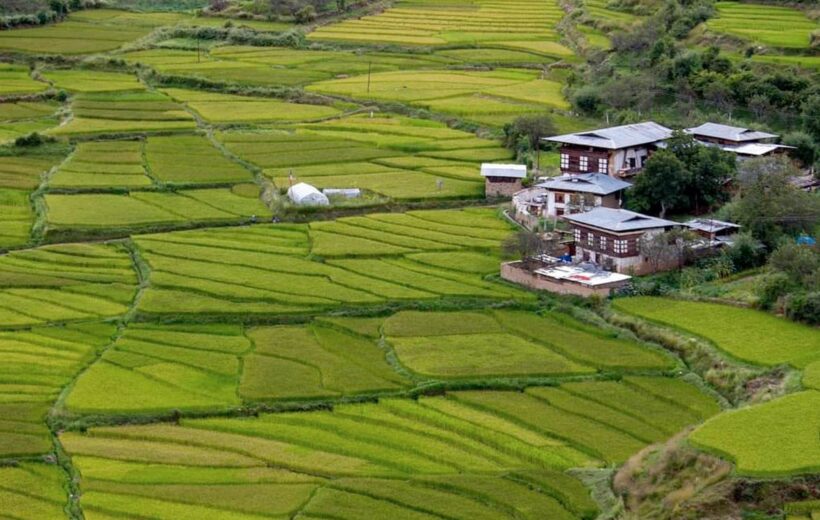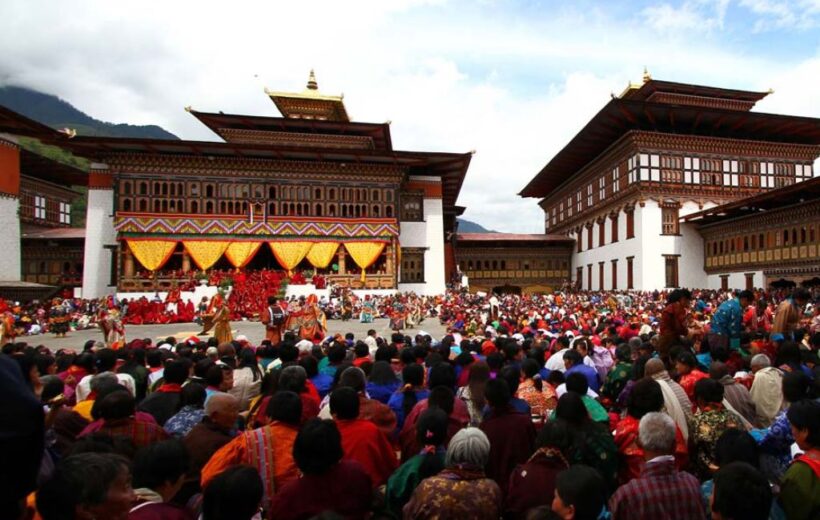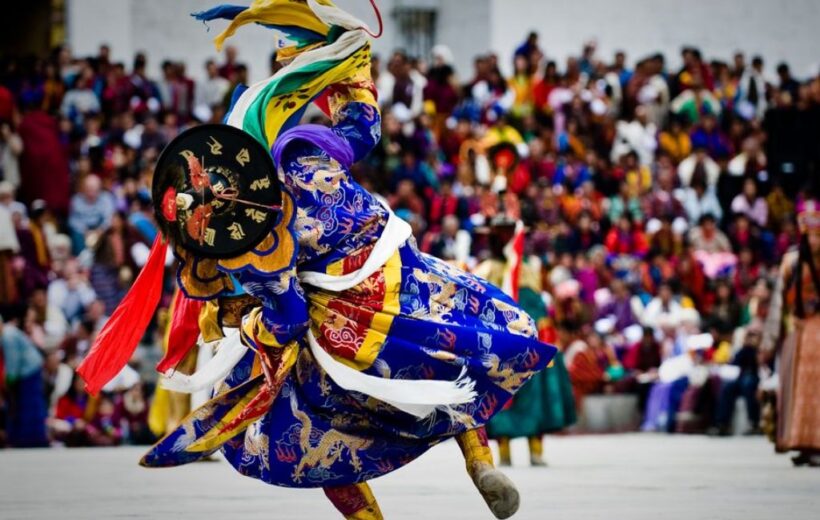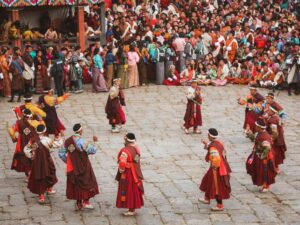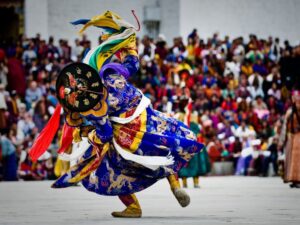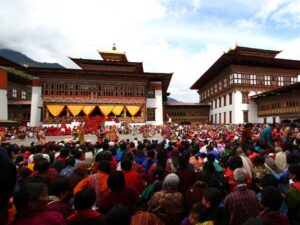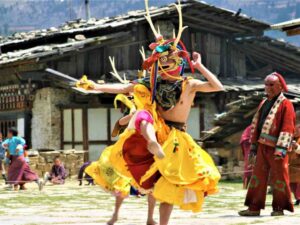Overview
Embark on an unforgettable 11-day adventure through Bhutan with World Perfect Tours, where you’ll experience the rich culture, breathtaking landscapes, and spiritual depth of this enchanting kingdom. Your journey begins in Paro, where you’ll explore ancient dzongs and temples, followed by an exhilarating trek through scenic mountain trails, offering stunning views of snow-capped peaks, tranquil lakes, and alpine forests. Along the way, you’ll immerse yourself in the traditions and daily life of the Bhutanese people. The tour culminates with visits to Thimphu, Punakha, and Wangdue Phodrang, showcasing the best of Bhutan’s cultural and natural treasures.
Included/Excluded
- The Bhutan SDF
- All accommodations
- Meals and mineral water
- A licensed English-speaking guide
- A driver and vehicle
- Air fare
- A visa fee of US $40
- Alcohol
- Gifts/Souvenirs
- Travel insurance and personal bills
- Museums & Monument Fees
Tour Plan
Day 1: Arrival at Paro Airport
Upon arrival at Paro Airport, complete the necessary formalities before being warmly greeted by our representative. You’ll then be driven to your hotel, where you can unwind. In the evening, take a leisurely stroll through the charming town and vibrant market of Paro. Overnight stay at the hotel in Paro.
Day 2: Explore Paro
Begin your day by visiting Drugyel Dzong, constructed in 1646 by Zhabdrung Ngawang Namgyal to commemorate his victory over Tibetan invaders. Although the dzong was largely destroyed by fire in 1951, its imposing walls still stand tall, offering a glimpse into Bhutan’s past. On clear days, enjoy stunning views of Mount Jomolhari from the approach road. Visit a traditional village nearby to experience local life, followed by a visit to Kyichu Lhakhang, one of Bhutan’s oldest and most revered temples. In the afternoon, explore Ta Dzong, a former watchtower now serving as the National Museum, before descending to Rinpung Dzong, known as "the fortress of the heap of jewels." Overnight stay at the hotel in Paro.
Day 3: Paro to Jele Dzong (8km, 3 hours)
Today’s journey is a short but rewarding trek. The day begins with a gentle ascent to Jele Dzong. As you climb, you’ll be treated to magnificent views of the Paro Valley and distant mountains. Upon reaching Jele-la Pass (3,400m), you’ll arrive at Jele Dzong, which is mostly in ruins but still houses a statue of Buddha Sakyamuni in its lhakhang. Camp overnight at Jele Dzong.
Day 4: Jele Dzong to Jangchulakha (10km, 3-4 hours)
Today’s trek starts with a steep one and a half hour climb, followed by a more gradual ascent. The trail winds through dense alpine forests of rhododendron, with the possibility of encountering monal pheasants along the way. If the weather is favorable, you’ll enjoy stunning views of Mount Jomolhari and other snow-capped peaks. Yak herders may also be spotted near your campsite. Camp overnight at Jangchulakha.
Day 5: Jangchulakha to Jimilangtsho (11km, 4 hours)
On clear days, the trek offers spectacular views of the surrounding mountains and valleys as you follow the ridge. The trail provides excellent vistas of Jichu Drake (6,989m), the mountain that symbolizes the protective deity of Paro. You’ll camp near the Jimilangtsho Lakes, famous for their large trout. Camp overnight at Jimilangtsho.
Day 6: Jimilangtsho to Simkota (11km, 4 hours)
The trek today takes you past Janetsho Lake, through dwarf rhododendron forests. You might encounter yak herders and learn about their traditional way of life. Camp is set up near Simkota Lake, where, if you're fortunate, you may catch a trout for dinner. Camp overnight at Simkota.
Day 7: Simkota to Phajoding (10km, 4 hours)
The day begins with a gradual ascent, offering the chance to view Mount Gangkar Puensum, Bhutan’s highest peak, along with several other towering summits. The trail then descends through juniper forests, leading to a campsite near Phajoding Monastery. Depending on weather conditions, you’ll either camp here or stay at the monastery cafeteria. Overnight at Phajoding.
Day 8: Phajoding to Thimphu (5km, 3 hours)
Today’s journey is a downhill trek through a forest of blue pine trees, taking about three hours at a relaxed pace. Once you arrive in Thimphu, the afternoon is yours to explore or relax. Overnight stay at a hotel in Thimphu.
Day 9: Excursion to Punakha and Wangdue Phodrang
After breakfast, embark on a full-day tour to the Punakha and Wangdue valleys. The drive takes you across Dochula Pass (3,088m), offering panoramic views of the Himalayas. In Punakha, visit the historic Punakha Dzong, strategically located at the confluence of the Pho Chu and Mo Chu rivers. This dzong, built by Zhabdrung Ngawang Namgyal in the 17th century, has played a significant role in Bhutanese history. Continue to Wangdue Phodrang, where you’ll explore the local market and visit the Wangdue Phodrang Dzong, also dating back to the 17th century. Return to Thimphu in the evening. Overnight stay at a hotel in Thimphu.
Day 10: Thimphu to Paro
Spend the day exploring Thimphu’s cultural landmarks, including the National Memorial Chorten, built in honor of Bhutan’s third king and dedicated to world peace; Tashichhodzong, a grand fortress that houses several government offices, the king’s secretariat, and the central monk body; the Handicrafts Emporium, showcasing a wide variety of traditional Bhutanese crafts; and the National Library, home to a vast collection of Buddhist scriptures and manuscripts. You’ll also visit the Institute for Zorig Chusum, where students learn the 13 traditional arts and crafts of Bhutan, and the National Institute of Traditional Medicine, where traditional healing practices are taught (exterior only). In the late afternoon, drive back to Paro. Overnight stay at a hotel in Paro.
Day 11: Departure
After an early breakfast, drive to Paro Airport for your onward flight, bidding farewell to the Land of the Thunder Dragon with memories to cherish forever.
Tour Map
Frequently Asked Questions
Bhutan is a year-round destination. There are four seasons: summer (June to August), autumn (September to November), winter (December to February) and spring (March to May). But because of the range of altitudes in the country, and the influence of the north Indian monsoons, the climate is incredibly varied.
In the south, the humid, subtropical climate is fairly consistent year-round, with temperatures between 15oC and 30oC. Central Bhutan, with its temperate forests, has a more seasonal climate, with warm summers and cool, dry winters. The northern regions are much colder during winter. Because of the high altitude, mountain peaks are snowy year-round and the lower reaches remain cool in summer.
In summer, the Indian monsoon season runs from late June or July to late September, mostly affecting the southern regions. Most farming activities take place in the summer, when crops thrive in verdant landscapes.
Autumn, from late September or early October to late November, follows the rainy season. It is characterised by bright, sunny days and some early snowfall at higher elevations. It’s the season of feasts and festivals as farmers reap the fruits of their work.
From late November until March, the crisp, clear and sunny winter sets in, with frost throughout much of the country and snowfall common above elevations of 3,000 metres. The winter northeast monsoon brings gale-force winds at the highest altitudes through high mountain passes, giving Bhutan the name Drukyul, which means Land of the Thunder Dragon in Dzongkha (Bhutan’s national language).
Bhutan’s generally dry spring starts in early March and lasts until mid-April. It is a botanist’s delight, with nature in full bloom. Summer weather commences in mid-April with occasional showers and continues to late June.
Visitors of all nationalities, except those from India, require a visa before entering Bhutan. For all visitors, except those from Bangladesh and the Maldives, this visa must be applied for and approved in advance of travel. Visitors from Bangladesh and the Maldives also require a visa, but this can be applied for and approved either in advance of travel or upon arrival in Bhutan.
Visitors from India are able to apply for a permit but are required to hold an Indian passport or an Indian voter ID card. For Indian nationals under the age of 18, a passport or a birth certificate can be used to enter and they must be accompanied by a legal guardian.
Nationals from Switzerland and Thailand holding diplomatic or government-official passports are eligible for a visa at their port of entry.
A correctly input visa application can take up to five days to process.
There is a one-off fee of US$40 for the processing of your application. This is payable at the same time as your Sustainable Development Fee (SDF), as part of the process of submitting your visa application.
All treks must be undertaken with an accredited tour operator or guide. Your tour operator will assist you with all the necessary logistics and safety precautions.
Please contact our hosts for the Department of Tourism’s list of approved tourism services.
The Sustainable Development Fee (SDF) is a daily levy paid by visitors to support Bhutan’s development. Since the kingdom first opened its doors in 1974, guests have played a critical role in our country’s growth.
The SDF is collected by the national exchequer and funds are allocated to various projects that create long-term, sustainable opportunities for the Bhutanese people, through free healthcare, education and training, upskilling the tourism and hospitality industry, improved infrastructure, environmental preservation and conservation, cultural preservation programmes and initiatives that support local businesses and economies. The SDF is also a vital means of maintaining the exceptional forest cover and carbon-neutrality for which our small nation is world-renowned and globally critical. The SDF also helps us to ensure that we can continue to offer guests tranquillity and an intimate experience.
The SDF is USD 100 per night for adults from all countries except for India. Children aged between 6 years and who have not yet turned 12 are eligible to pay USD 50 per night. Children who have not yet turned 6 years old do not have to pay any SDF.
The SDF for Indian nationals (showing a valid Indian passport or Voter ID card) is Nu. 1,200 (or the equivalent amount in Indian rupees) per person, per night. Children aged between 6 years and who have not yet turned 12 are eligible to pay Nu./INR 600 per night. Children who have not yet turned 6 years old do not have to pay any SDF.
SIM cards can be purchased from the Paro International Airport’s visitor information centre on arrival, or from branch offices of Bhutan Telecom and TashiCell, or from authorised agents in towns.
There are no rules about what visitors should wear. However if you are planning to visit places of religious significance, respectful smart-casual clothing that covers your body from shoulders to knees is appropriate and appreciated.
Yes, permits are required to enter National Parks in Bhutan. However the process can be done online and the permit should be issued quickly. Please visit this link for more information: https://docs.google.com/forms/d/e/1FAIpQLScM4k5SPaGI_GnV6NJuQHstpS5ai9G4wOlpLSq0fsy73EZK7A/viewform
While most monuments in Bhutan are free, some are chargeable. For the full list of monument fees, please click here for more information. Children below 18 years will have a 50% concession and children aged five years and below will be exempted. Most monuments are open from 9am – 5pm each day. In June 2023 it was announced that foreign visitors can now visit monuments whenever they are open to the general public, without any restrictions.

